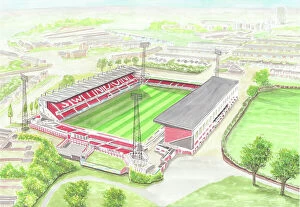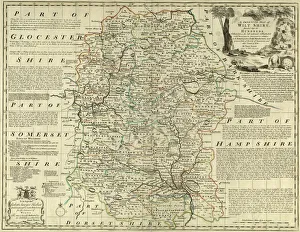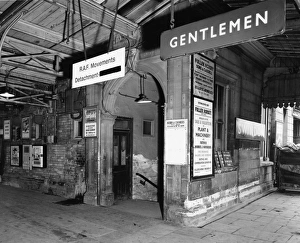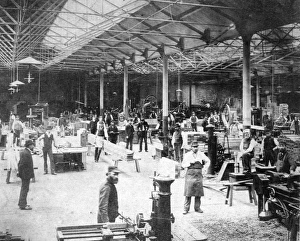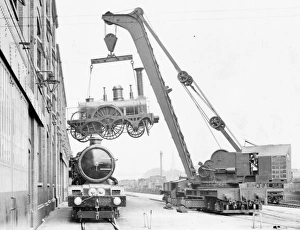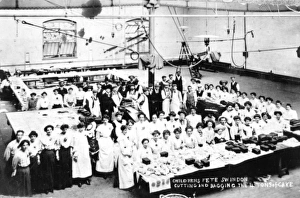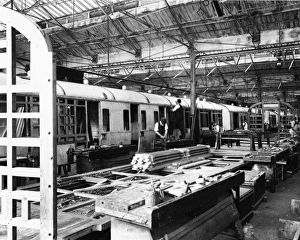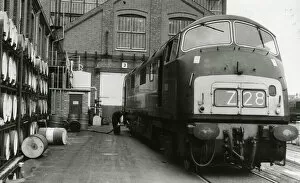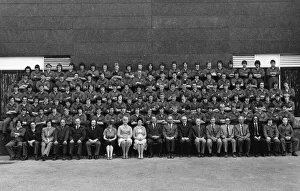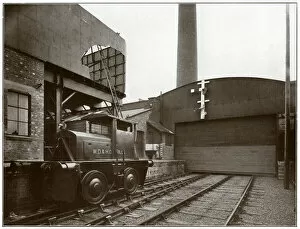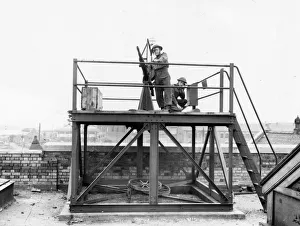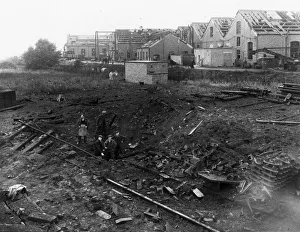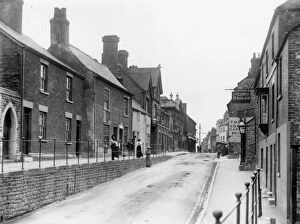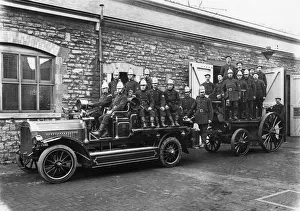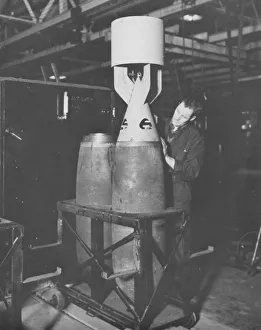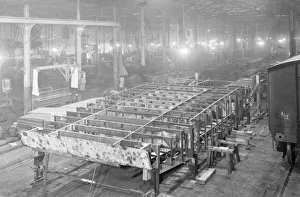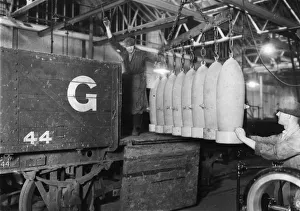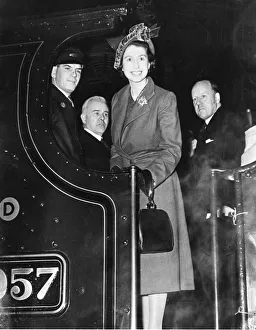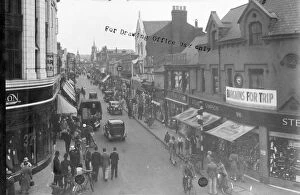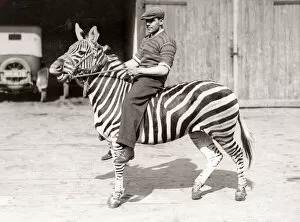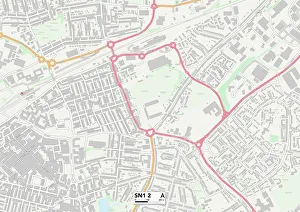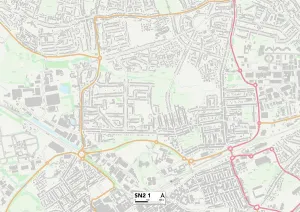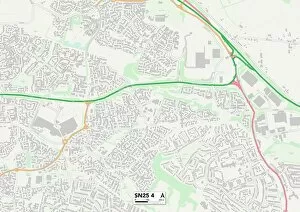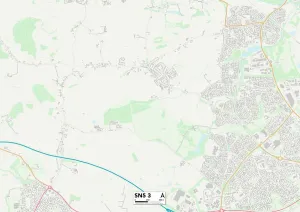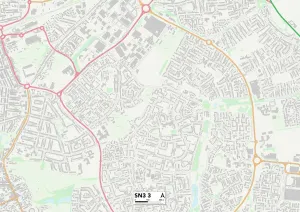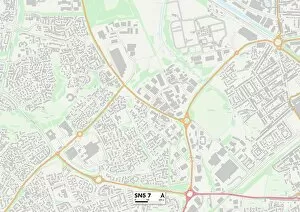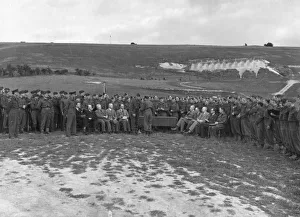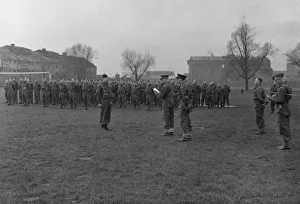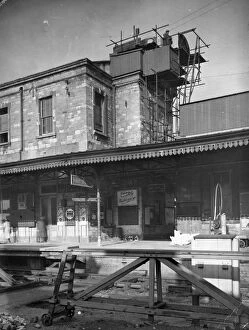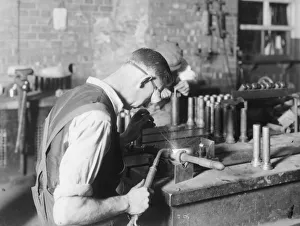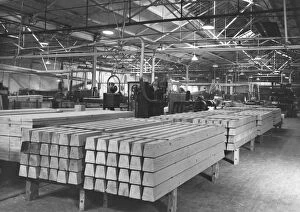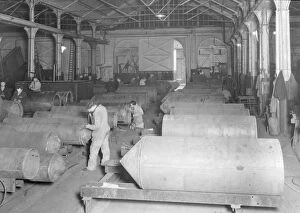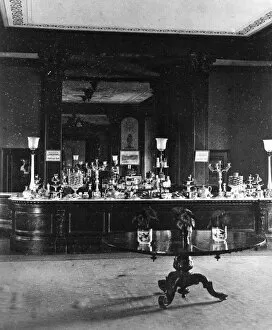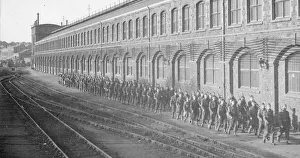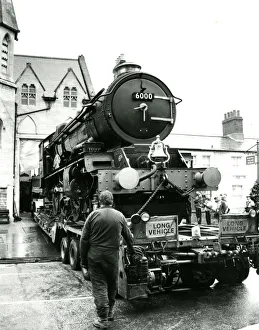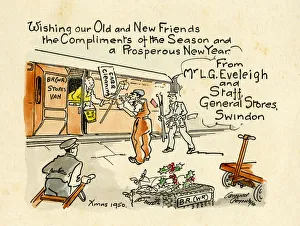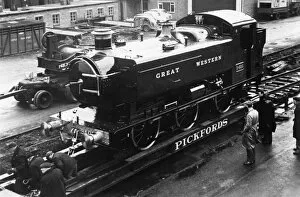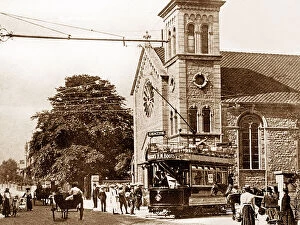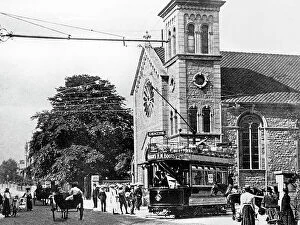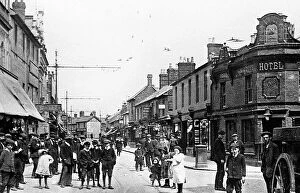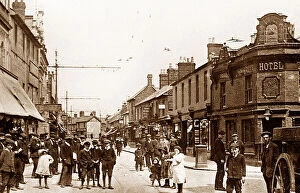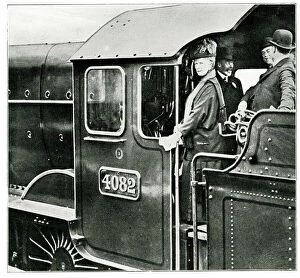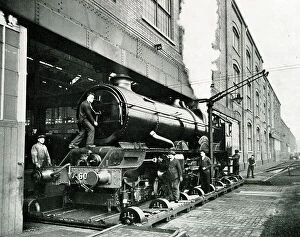Swindon Collection (page 3)
Swindon, a town steeped in railway history and innovation
All Professionally Made to Order for Quick Shipping
Swindon, a town steeped in railway history and innovation. In 1930, the Swindon Shed proudly housed seven King Class Locomotives, showcasing the engineering prowess of the era. Among them was No 92220 Evening Star, an iconic steam locomotive that stood tall and powerful. Speaking of Evening Star, it was a sight to behold when in full steam. Its majestic presence captured the imagination of all who witnessed it chugging along the tracks with grace and power. A true symbol of Swindon's rich locomotive heritage. The roots of this heritage can be traced back to Swindon Works in 1908. It was here that remarkable creations like City of Truro were born - a magnificent 4-4-0 City class steam locomotive that left its mark on history in 1903. But Swindon's expertise didn't end with steam engines; they also excelled at building diesel locomotives. The likes of No D1053 Western Patriarch - a Western Class Diesel Hydraulic Locomotive - showcased their ability to adapt and innovate as technology advanced. Throughout the years, Swindon Works remained bustling with activity. The North Star graced its premises around c1925 while the AE Erecting Shop hummed with productivity since 1927. Men leaving through Rodbourne Road entrance in 1928 painted a picture of hard work and dedication etched into every corner of this industrial hub. Beyond railways, art found its place within Swindon too. The County Ground Art depicting Swindon Town added vibrancy to everyday life – capturing both local pride and artistic expression seamlessly intertwined. And let us not forget about Swindon Town Station circa 1960 – an important transportation hub connecting people from near and far, facilitating journeys filled with excitement or reunions brimming with joy. Swindon is more than just a town; it is a testament to human ingenuity, perseverance, and the power of progress.

